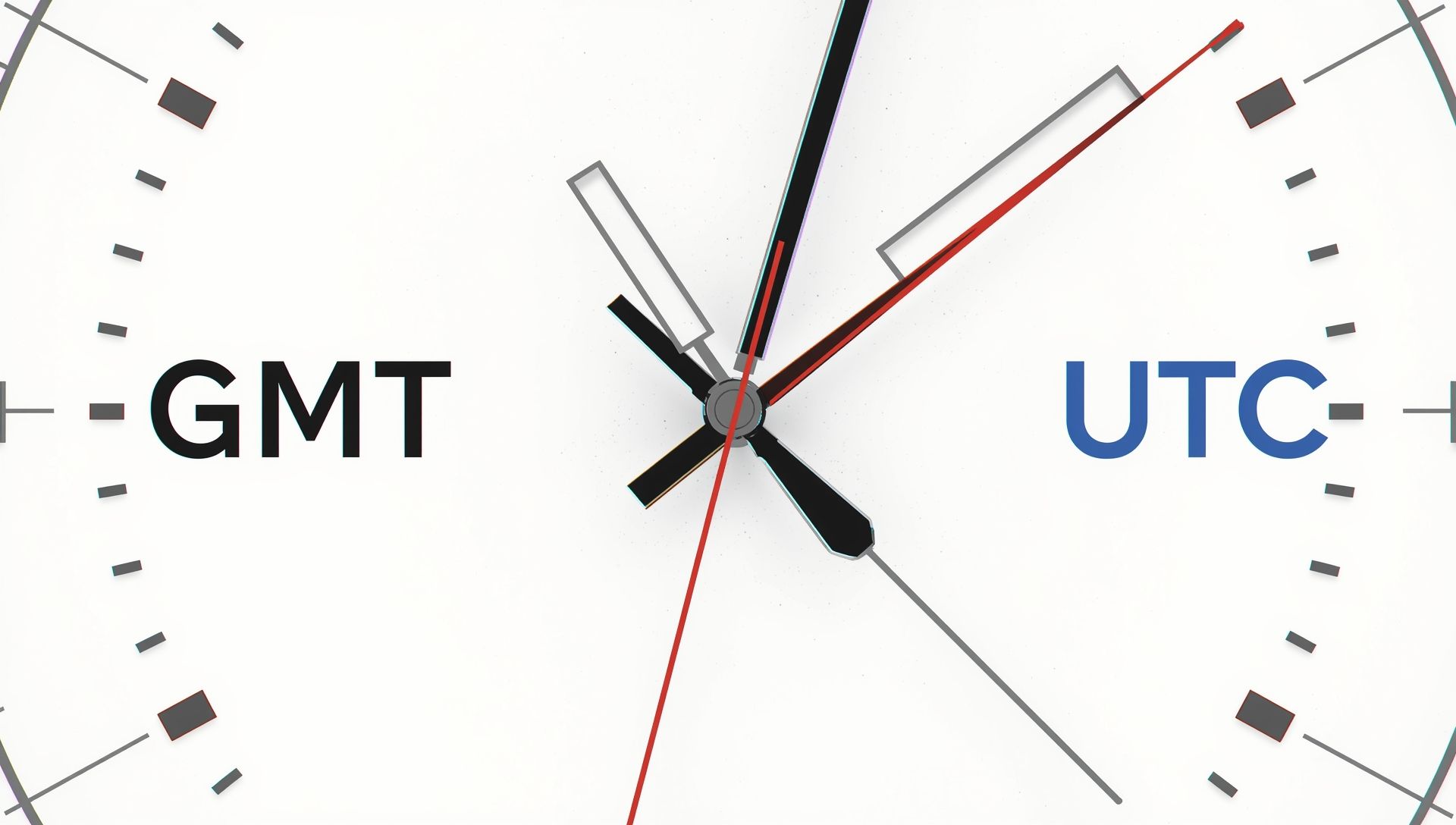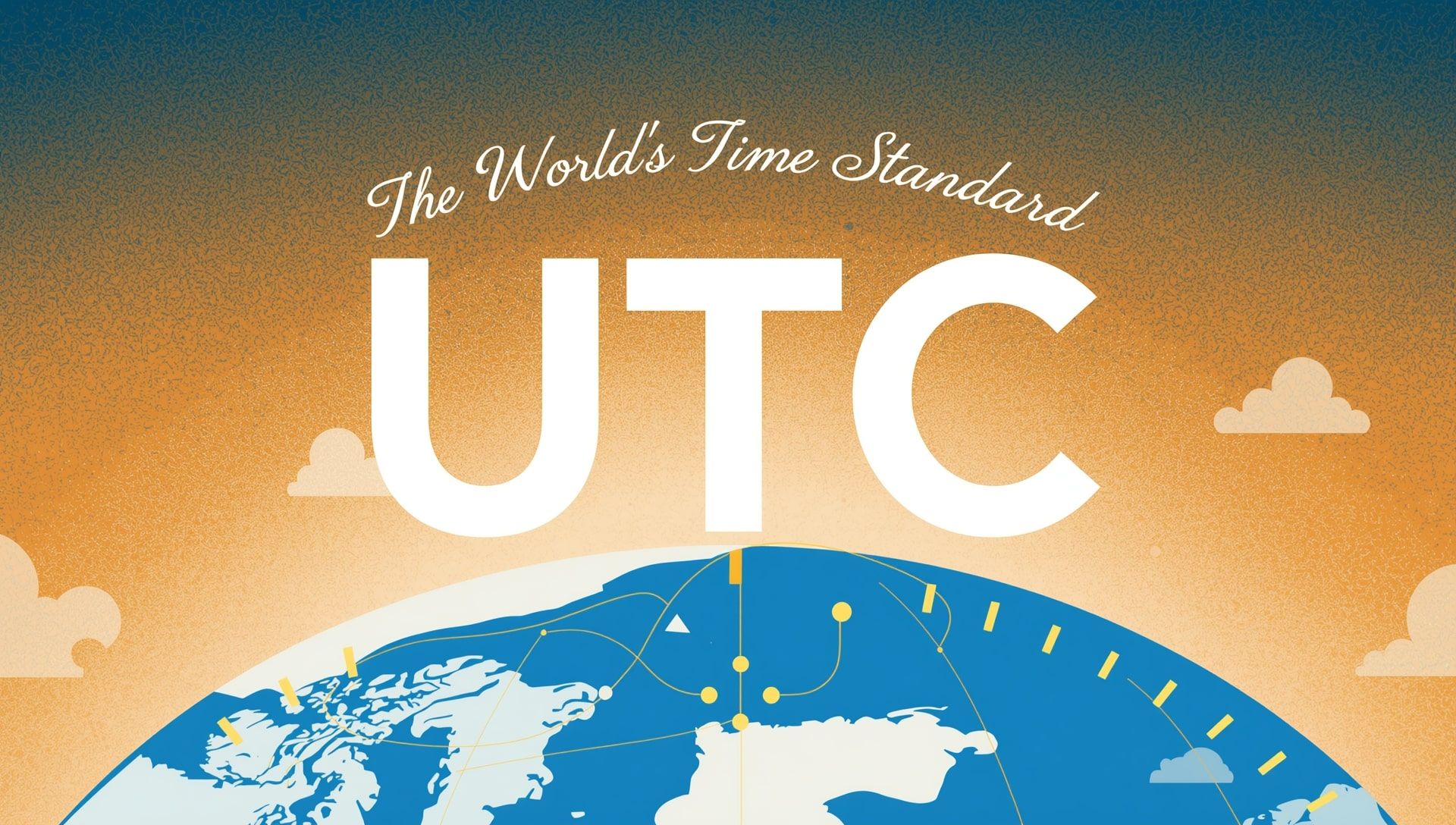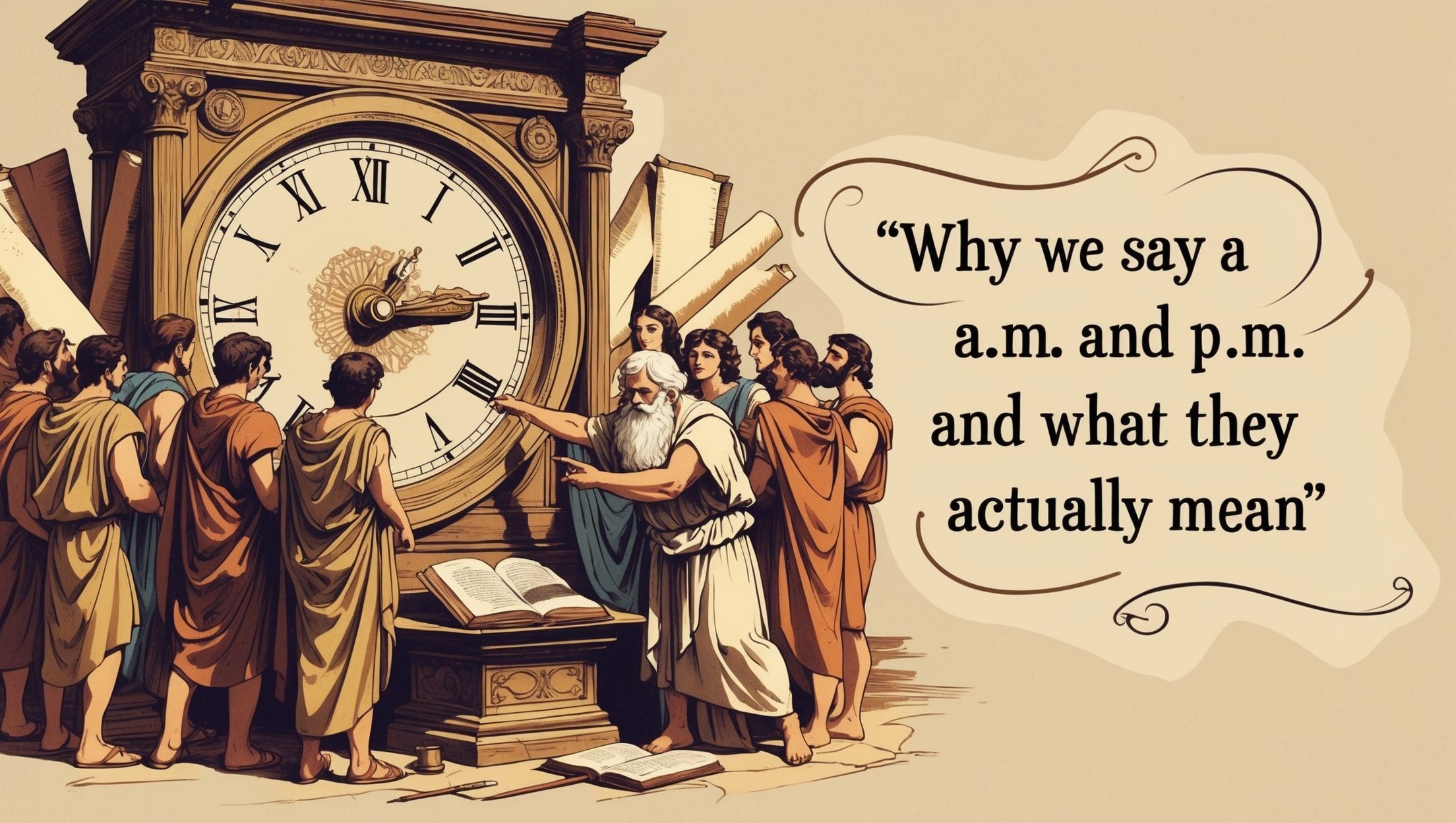You check your phone, and it says 3:42 PM. That time feels exact. Solid. But how do we really know it’s 3:42 PM? What makes that number correct? Measuring time sounds simple until you look under the surface. Then it becomes a strange blend of spinning planets, vibrating atoms, and human-made systems trying to make sense of it all.
How Time Measurement Began
Before physics or math got involved, time was tracked by looking up. People watched shadows move and stars shift. Days were counted from sunrise to sunrise. That worked well enough for farming and early rituals, much like how ancient calendars guided agricultural cycles.
Then came sundials. Then water clocks. People needed something more precise. As society grew more complex, the pressure to measure time better grew too.
What a Second Really Means
Today, a second is not just one-sixtieth of a minute. It has a much deeper definition. Scientists define it using atoms. The official second is based on the vibration of a cesium-133 atom, one of the building blocks of modern time zones.
One second equals the time it takes for that atom to oscillate 9,192,631,770 times. That number isn’t random. It’s repeatable, stable, and measurable. Cesium became the gold standard for precision because it doesn’t change much over time.
Atomic Clocks Changed Everything
When atomic clocks came along in the 1950s, timekeeping jumped to a whole new level. These clocks are so accurate they’d lose less than a second in millions of years. That matters more than it sounds. GPS, satellites, internet syncing, and power grids all depend on atomic time.
Without atomic time, nothing would line up. Your phone would drift. GPS would miss its mark. The world runs on atoms now, not gears and springs.
Different Ways We Track Time
Time isn't measured in just one way. Scientists use several systems, depending on what needs tracking. Many of these are coordinated through IANA time zone data to stay consistent worldwide.
- Solar time: Based on Earth's rotation relative to the sun
- Sidereal time: Based on Earth's rotation relative to distant stars
- Atomic time: Based on cesium atom vibrations
- Universal Time (UT1): Tracks Earth's actual spin, including small wobbles
- Coordinated Universal Time (UTC): A blend of atomic and solar time, with leap seconds added as needed
UTC is what your phone shows. It keeps atomic precision but adjusts slightly to stay in sync with the planet.
Why We Add Leap Seconds
Earth doesn’t spin at a constant rate. It slows down a tiny bit over time. That means atomic time and solar time slowly drift apart. To fix this, we add a leap second every few years.
This keeps UTC from falling out of sync with the position of the sun. It’s like giving time a quick bump to stay on track. But it also causes trouble for tech systems that aren’t ready for the extra second, a challenge explored in differences between GMT and UTC.
Tools That Keep the World Synchronized
Modern timekeeping is a global effort. A network of atomic clocks around the world work together. These are run by labs in the US, France, Japan, and many other countries. Together they form International Atomic Time (TAI).
From there, UTC is calculated and broadcast through radio signals, satellites, and the internet. That’s how your phone always knows the correct time, even if you’re off the grid. These global signals power the world clock we all rely on daily.
Why Precision Matters More Than You Think
A lot of things depend on perfect timing:
- GPS satellites use atomic time to calculate location
- Financial systems timestamp transactions down to the microsecond
- Internet servers sync with UTC to coordinate data worldwide
- Power grids rely on synchronized cycles to avoid blackouts
- Cell phone towers use time codes to manage handoffs between networks
One tiny error in time could cause big problems in any of these systems, just as time zone maps help prevent confusion across regions.
What This All Tells Us About Time
Time feels simple until you try to measure it exactly. Then it becomes a dance between spinning Earth, pulsing atoms, and human coordination. We need it to be reliable, even if the universe is messy.
So the next time your clock ticks over to a new minute, remember that behind that little number is a whole world of science keeping everything in sync, all part of what defines time itself.









